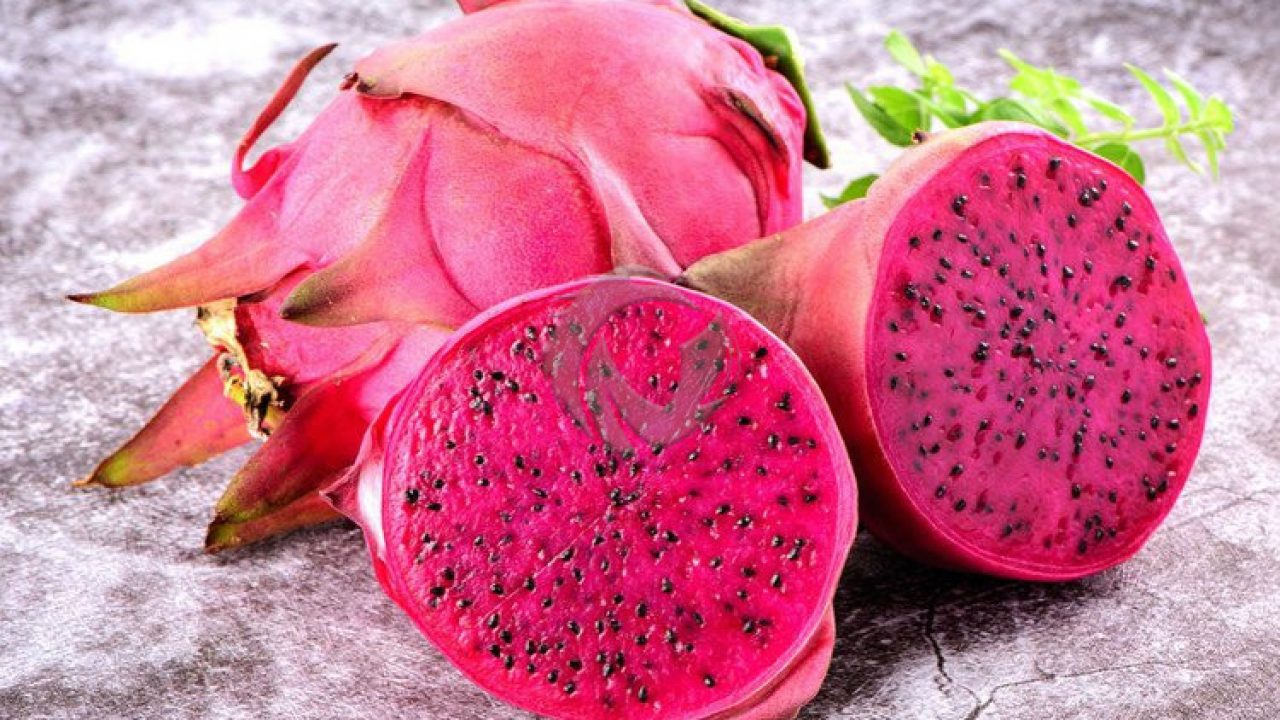Dragon fruit is popular in many countries in the world, including in Indonesia. Three types have been commercialized are Hylocereus polyrhizus, red-skinned with red flesh, Hylocereus undatus, red-skinned with white flesh, and Hylocereus megalanthus, yellow-skinned with white flesh. Dragon fruit is usually consumed directly or, and it can be processed into fruit juice. Dragon fruit with red flesh is the most famous dragon fruit because of its attractive color. The fruit contains vitamins B1, B2, B3, and C, protein, fat, carbohydrates, crude fiber, flavonoids, thiamine, niacin, pyridoxine, cobalamin, phenolic, betacyanin, polyphenols, and carotene. Currently, red-fleshed dragon fruit extract has been used as medicine with efficacy as an antioxidant, anticancer, hypocholesterolemia, antimicrobial, and prebiotic.
Natural compounds produced from natural ingredients have a significant impact on the treatment and prevention of diseases in humans. In many developing countries, traditional medicine is an alternative option of cure. Several studies have reported that some plants or herbs can trigger the proliferation and differentiation of stem cells from bone marrow (BMMSC). Epimedii herbs have been found to increase osteogenic differentiation from BMMSC Saponin Panax notoginseng, and it can increase osteoblastic differentiation from bone marrow stromal cells. Red fleshy dragon fruit may induce stem cell proliferation and differentiation. Several studies have shown that specific vitamins and minerals, such as vitamins B3, C and D, folic acid, selenium, and retinoic acid, play a role in stem cell proliferation and differentiation. To our knowledge, no studies are evaluating the effects of red fleshy dragon fruit extract on osteogenic proliferation and differentiation of BMMSCs.
In our research, we have analyzed the effect of adding red dragon fruit extract to the osteogenic proliferation and differentiation of BMMSC. The red dragon fruit extract (50, 100, 200, 300, and 400μg / ml) can increase BMMSC spread, with the highest proliferation rate obtained at a concentration of 50μg / ml. This study also showed that the addition of 50μg / ml red dragon fruit extract increased osteogenic differentiation of BMMSC.
The high proliferation of BMMSC through the addition of red dragon fruit extract is probably due to the influence of amino acids, which are active components of red dragon fruit. Amino acids have been known to stimulate the proliferation of various mesenchymal cells, including osteoblasts, adipocytes, chondrocytes and odontoblasts. The addition of amino acids during culture can modulate stem cell proliferation and differentiation. At the same time, specific concentrations is a potent modulator of stem cell proliferation without causing loss of stem cell differentiation capacity. Active components of red dragon fruit such as amino acids, saponins, tannins, flavonoids, polyphenols, terpenoids, and alkaloids are antioxidant ingredients. Antioxidants influence stem cell proliferation. Previous reports have shown that polyphenols are antioxidants that can reduce apoptotic cells and maintain BMMSC cell viability. Saponins can also affect BMMSC proliferation. Previous studies have shown that saponins from Panaxnotoginseng can increase proliferation and osteogenesis of dose-dependent bone marrow stromal cells.
Red dragon fruit extract with a concentration of 50μg / ml can increase the number of mineralized nodules, which means it can increase changes/differentiation of stem cells into bone cells (osteogenic differentiation). The active ingredients in red dragon fruit, such as flavonoids, polyphenols, saponins, and amino acids, are likely to help the BMMSC osteogenic differentiation process.
Flavonoids are a group of chemicals with specific structures that have been shown to have antioxidant properties. Flavonoids can regulate the expression of Cbfa1, which is an essential regulator in the process of bone cell differentiation (osteoblasts). Besides, polyphenols are active ingredients of red dragon fruit that have been reported to be successful in inducing bone formation. Previous studies said that polyphenols inhibit ROS production, reduce cell death, and maintain BMMSC cell viability. Polyphenols have been reported to increase the transcription factor Cbfa1 / runt-related2 (Runx2), osterix, osteocalcin, type 1 collagen, and alkaline phosphatase in stem cells which show their potential to induce osteogenic differentiation.
In this study, an increase in the number of mineralized nodules might also be due to the influence of the presence of amino acids, which are essential regulators of osteoblasts. Amino acids influence the process of changing bone marrow stromal cells into adult osteoblasts. Several studies have shown that amino acids to osteoblast culture can stimulate collagen extracellular matrix formation followed by induction of osteogenic markers such as alkaline phosphatase, osteocalcine, osteopontin, osteonectin, and Runx2. So it can be concluded that red dragon fruit extract can increase osteogenic proliferation and differentiation of BMMSC. The number of BMMSC in the bone marrow is deficient, around 0.001-0.01% of cellular components, while the number of stem cells needed for bone regeneration through stem cell therapy is large.
Author: Mardiyanto Riski Hartono, Ketut Suardita, Anita Yuliati
Detail information from our research published on:
Hartono MR, Suardita K, Yuliati A. Proliferation and osteogenic differentiation of bone marrow-derived mesenchymal stem cells after exposure to red flesh dragon fruit extract. Dent Res J. 2020; 17: 107-13. / http://www.drjjournal.net/article.asp?issn=1735-3327;year=2020;volume=17;issue=2;spage=107;epage=113;aulast=Hartono





